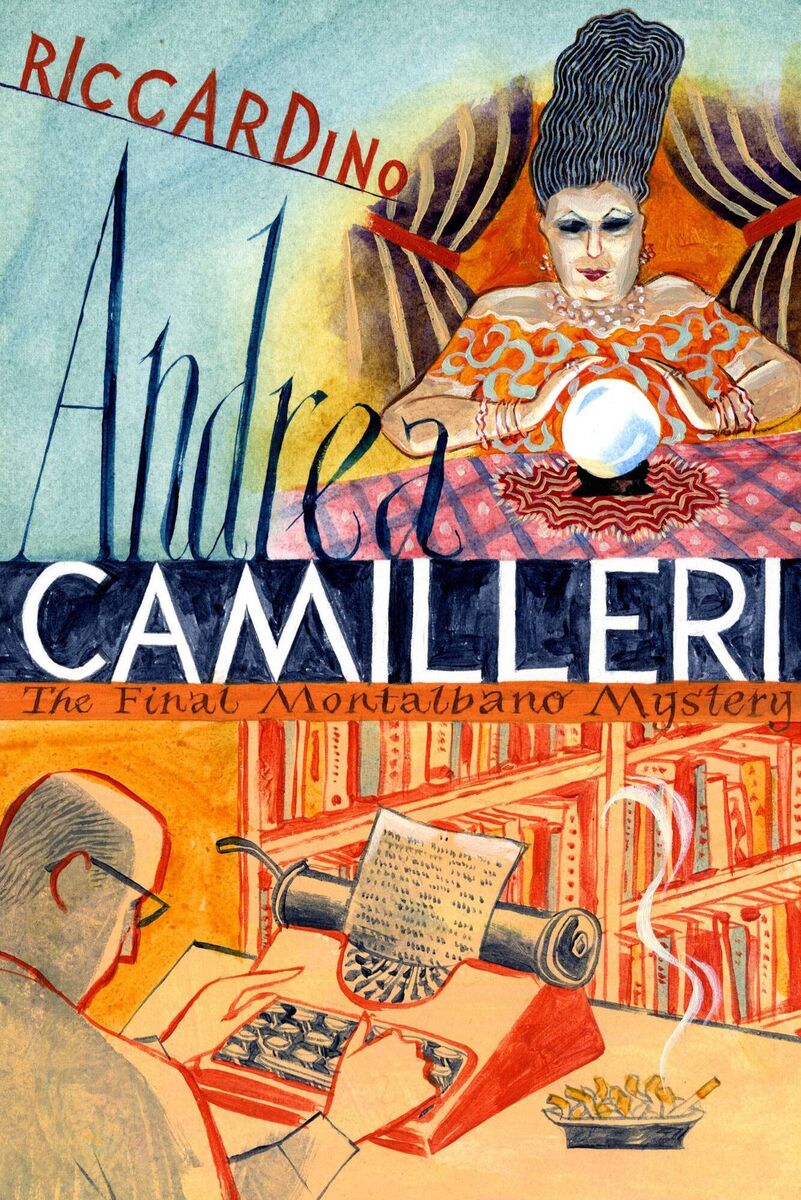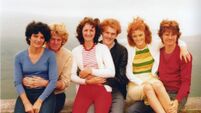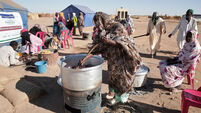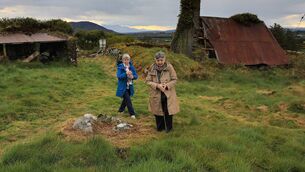Ireland and Sicily are two islands with plenty of parallels

Palermo in Sicily, overlooking Piazza San Domenico.
Not so long ago, the mention of Sicily brought to mind the imagery of the “mafia”: criminal warlords, impoverished mountain pastures, decaying villages, and Al Pacino as Michael Corleone and Robert de Niro as a young Vito Corleone.
More recently, the success of TV series such as Montalbano and The White Lotus, the triumph of movies like Melina, Il Postino, and Cinema Paradiso, cheap air travel, and the enthusiastic accounts of returning holidaymakers have reminded the world of Sicily’s extraordinary beauty and its all-embracing multi-storied civilisation.
TV news coverage has also confirmed Sicily’s generous role as a European front door for refugees fleeing Africa and the Middle East.
Ireland is part of the contemporary rediscovery of Sicily and this is long overdue. For if the differences between the two islands are huge, the interconnections are intriguing. First the differences.
Climate: the Sicilians boast that when God made the world, the last place he kissed with loving admiration was Sicily.
Cuisine: Irish chef Catherine Fulvio has introduced contemporary Ireland to the marvels of the Sicilian kitchen. Over two millennia ago, the philosopher Plato was equally enthusiastic. He wrote that the Sicilians build for eternity but eat as if there is no tomorrow.
So congenial was Sicily that the great medieval Holy Roman Emperor Frederick II made Palermo the capital of his empire.
There was a price paid for Sicily’s natural blessings. Set in the heart of the Mediterranean, the island has been fought over time and again: by Greeks, Carthaginians, and Romans; then by Byzantines, Arabs, and Normans; and later by Spanish, French, and Germans.
Indeed, we Irish participated in one of these contests in Sicily when Spain’s 'Wild Geese' brigades were decisive in the defeat of Austria at Milazzo in 1718.
The overlap with Ireland is deeply rooted.
St Cathal
One of the most popular saints in Sicily is seventh-century St Cathal — or 'Cataldo' in Italian. Returning from Jerusalem, he became Bishop of Taranto in mainland Italy and was famed for his miracles.
In the 11th century, his remains were found during a restoration of Taranto cathedral, together with an Irish-style staff inscribed “Cathaldus Rachau”, a possible reference to Seanrachan in Tipperary.
The Normans made him patron of their Sicilian kingdom and the magnificent Arab-Norman-designed church of St Cataldo in Palermo survives as a Unesco World Heritage site. The town of St Cataldo in central Sicily bears his name and some 20 regions celebrate his memory.
In the 18th century, among the notables on the European 'Grand Tour' was the philosopher George Berkeley, who was so captivated by Sicily that he went a second time.
Literary links
In a later era, Oscar Wilde visited Sicily in failing health, seeking peace and anonymity from the scandal and oppression of his imprisonment. WB Yeats visited in 1925 in the company of the American poet Ezra Pound.
In Syracuse, he was enthralled by the sophistication of the antique Greek coinage there on display. As chairman of the committee for a new Irish coinage, he insisted that whoever was tasked with their design be fully familiar with the classical coins of Syracuse. Thus it was that Ireland’s admired pre-euro coinage emulated the energy and the mastery of the mythological animal motifs of ancient Greece.
More recently, Irish-Sicilian connections have benefited from the enthusiasm of Enzo Farinella, director of the Casa Italia Cultural Centre.
Sicilian-born, he reminds us that Ireland and Sicily are drawn together by intertwining achievements in literary heritage. Sicily has produced two Nobel prize winners: dramatist Luigi Pirandello and poet Salvatore Quasimodo.
It has also nurtured the renowned novelists G Tomasi di Lampedusa, author of The Leopard; writer and anti-mafia campaigner Leonardo Sciascia; and Andrea Camilleri, creator of fictional police chief Inspector Salvo Montalbano.

The parallels between Ireland and Sicily in recent history are intriguing, and over time brought the two peoples into direct encounter in New York. The Sicilian story is also one of foreign occupation, tenant-landlord confrontation, half-hearted land reform, high rents, chronic poverty, and mass emigration.
One difference is that within the turbulence of rural Sicily, the property-owning classes recruited their own homegrown protection squads to counter peasant unrest. These were the mafia who emerged not as protectors of the poor, but part of the apparatus of their subjection. It was this exploitative hand of the mafia that first emerged as the secret society Cosa Nostra in the great American cities.
Sicily has had many modern Irish literary advocates. The great Sean Ó Faoláin was a true believer. He left us two marvellous accounts of his visits to Italy, A Summer in Italy and South to Sicily, and he passed his deep love for Italy on to his daughter Julia.
Maeve Binchy was so moved by her encounter with Sicily that it became the imaginative core of her novel Evening Class. Both Brian Friel and Seamus Heaney were drawn to Sicily and, like Brendan Kenneally, they found in the archetypes of ancient Greek drama a means of addressing contemporary dilemmas.
In 1993, Seamus Heaney was a recipient of the prestigious Mondello Poetry Prize of Palermo. Marie Heaney records that while driving from Catania, they were pursued by an unknown car. Upon confronting their pursuer, they were delighted to find that it was someone they knew from Co Wicklow. “Hello,” said the driver, a Sicilian friend. ”Welcome to my homeland.”
Thus, between Ireland and Sicily, it is a very small world.
Jim Sharkey is a former Irish ambassador to Russia

Subscribe to access all of the Irish Examiner.
Try unlimited access from only €1.50 a week
Already a subscriber? Sign in
CONNECT WITH US TODAY
Be the first to know the latest news and updates












